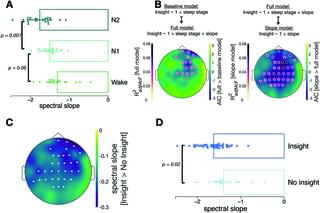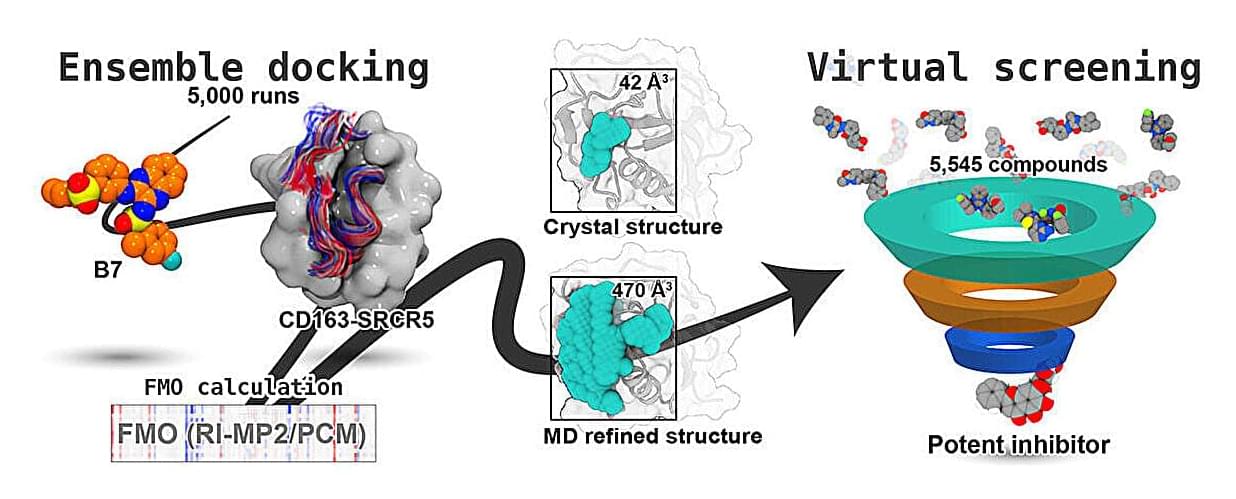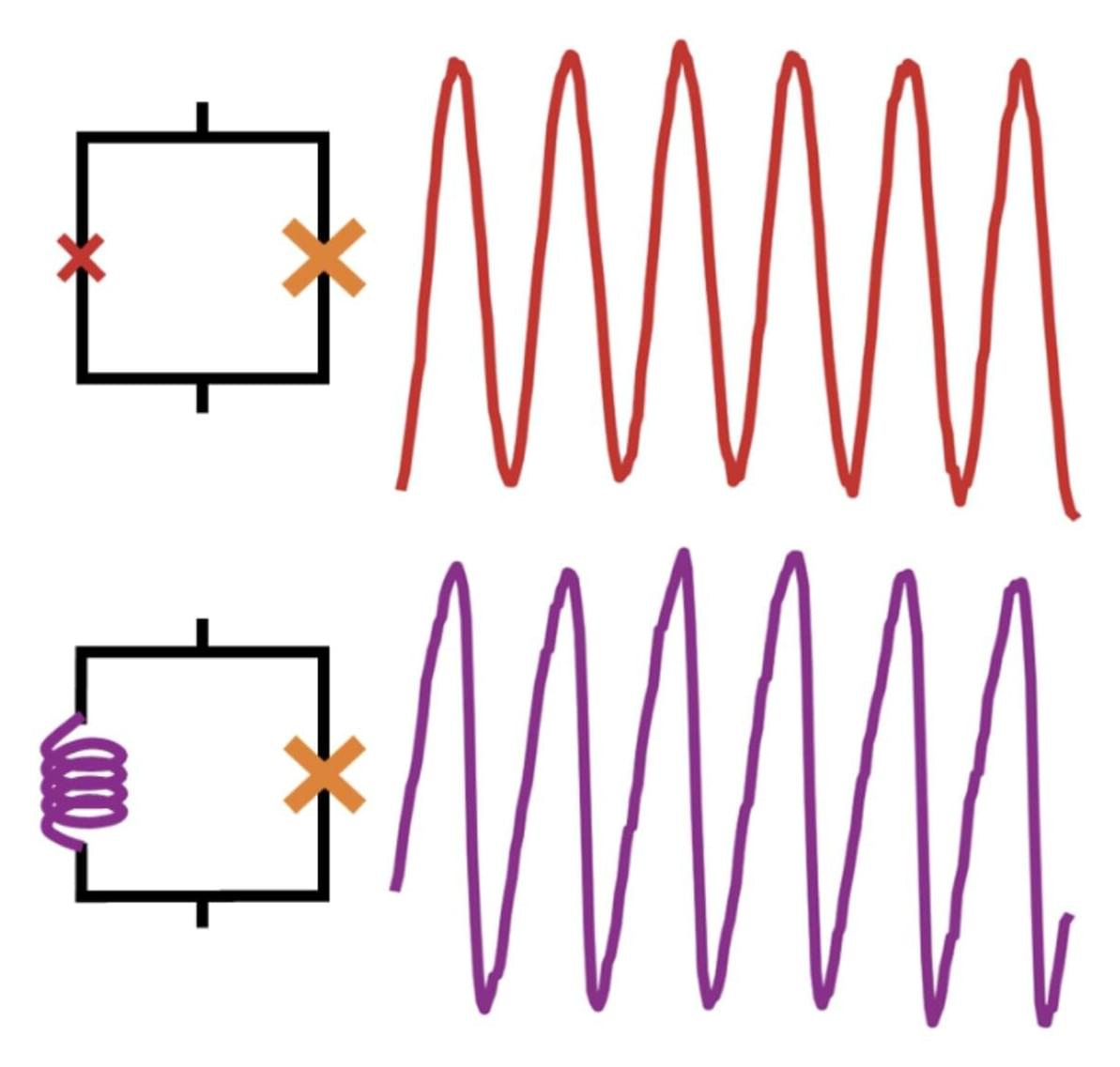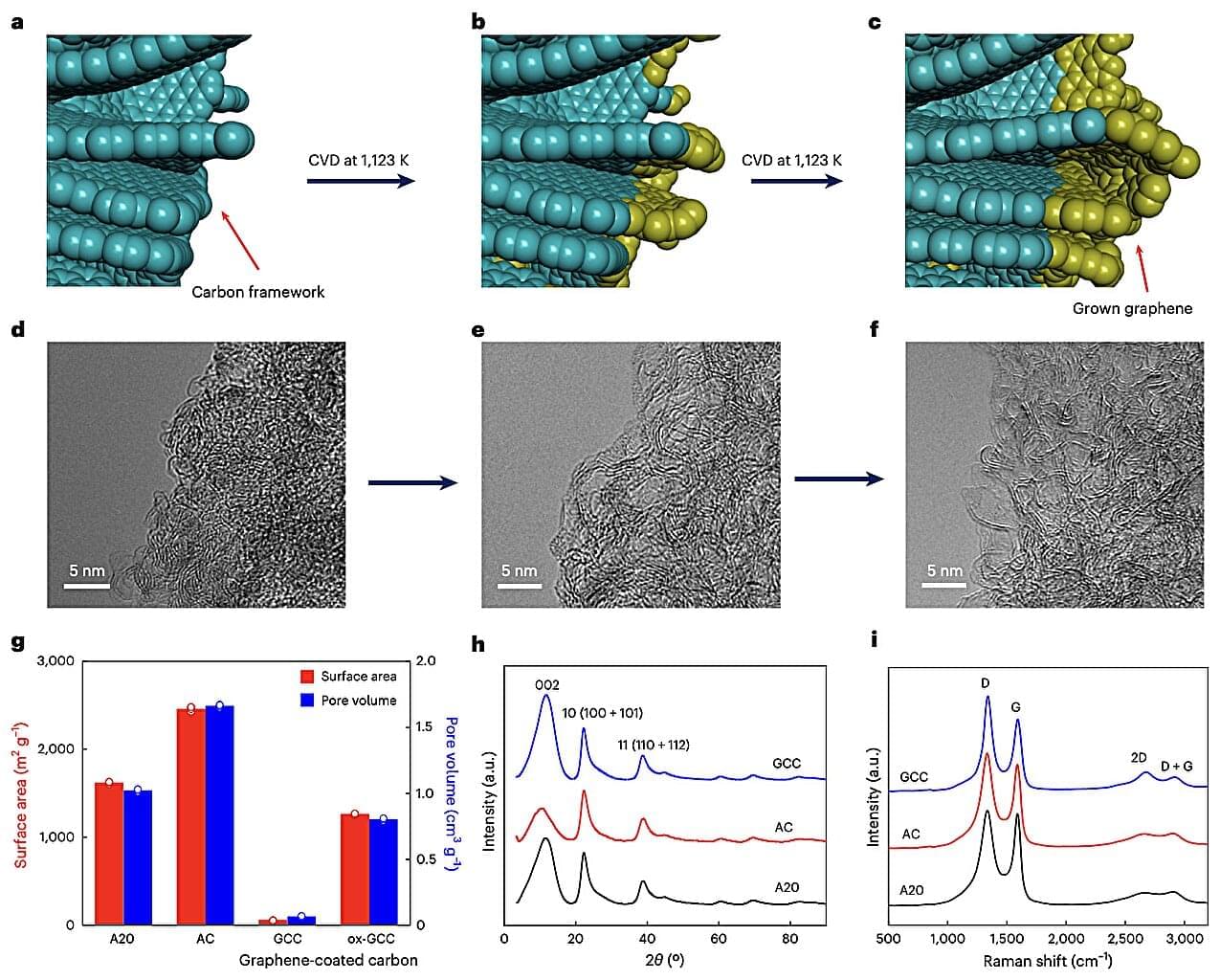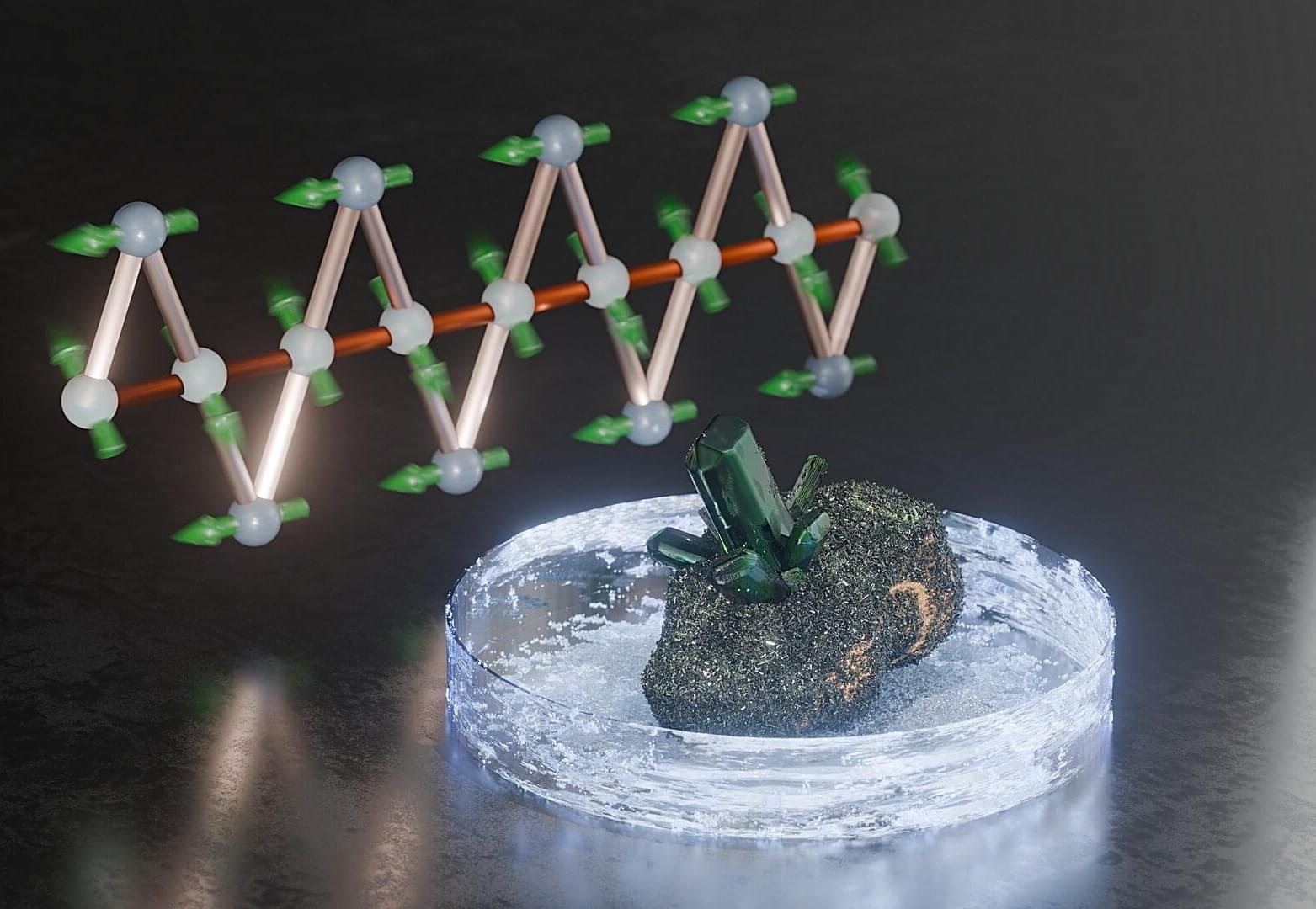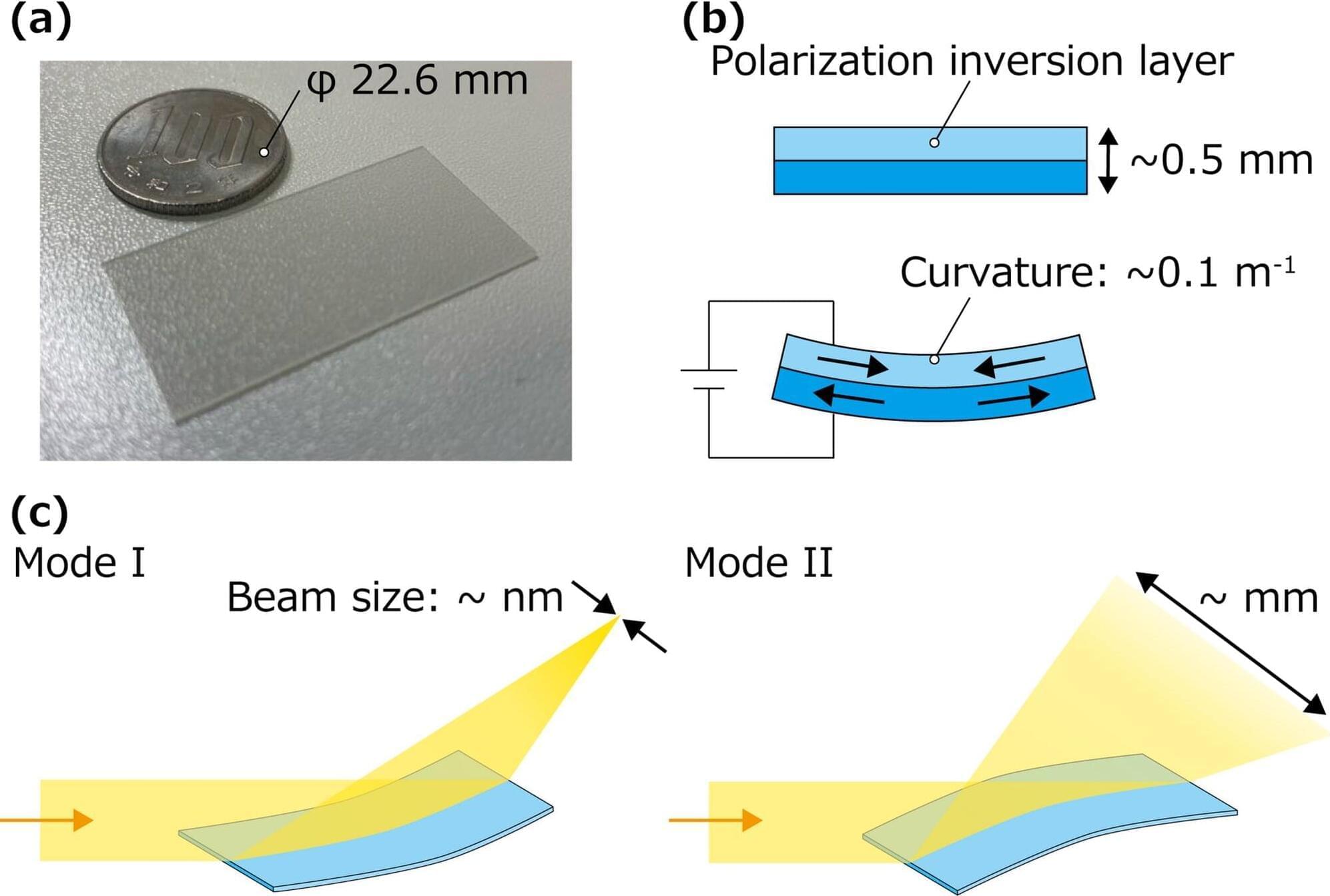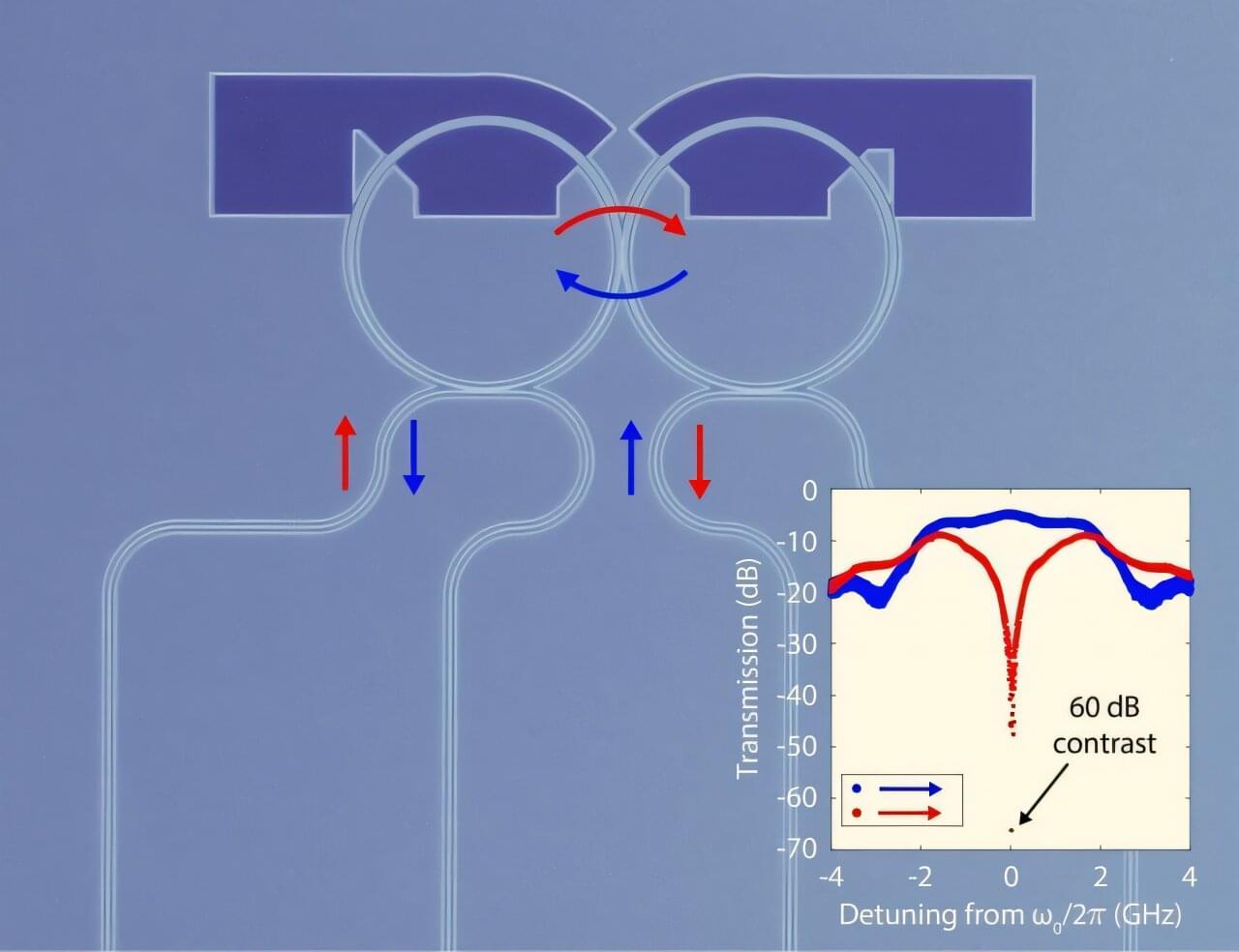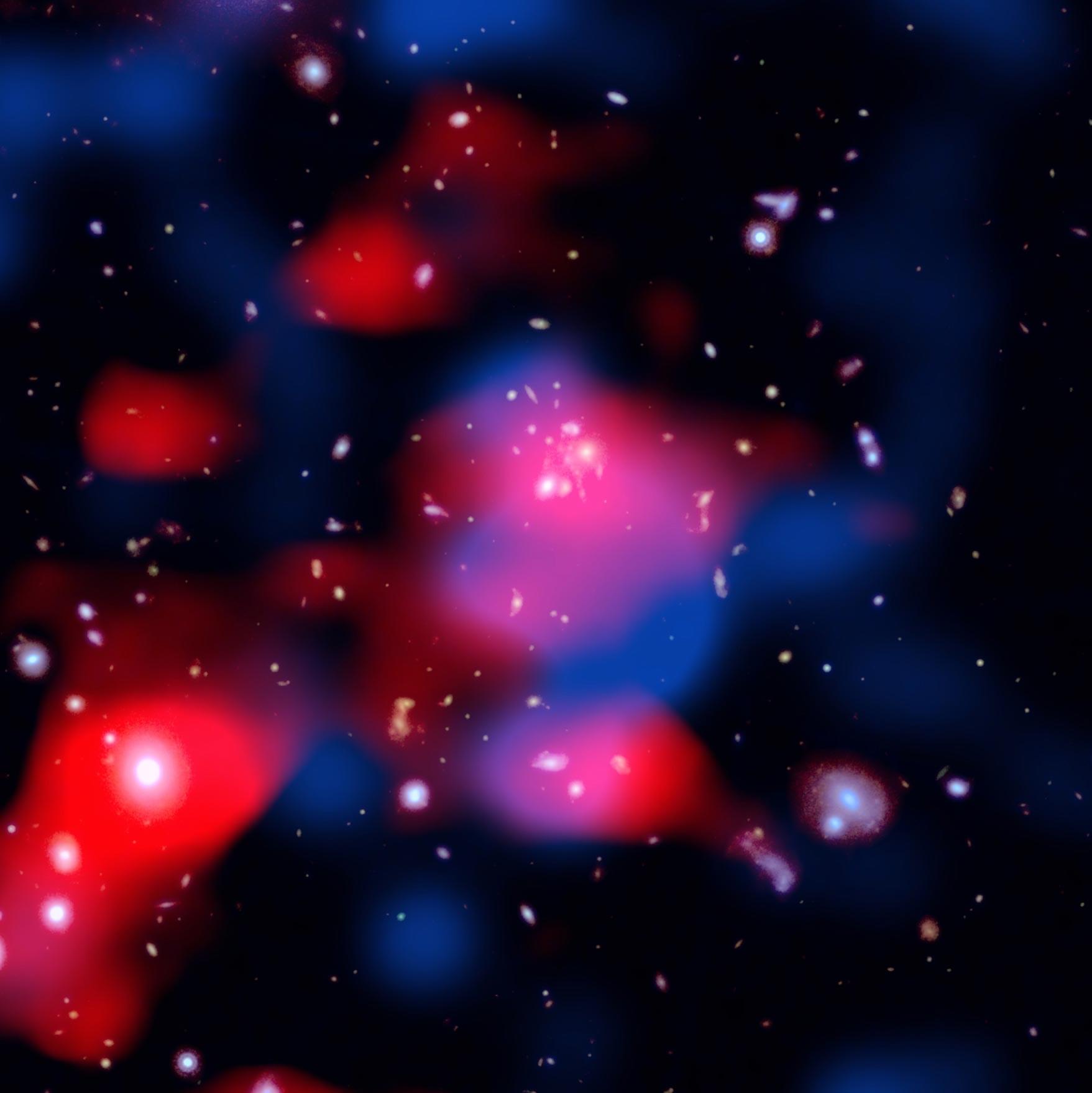Methane (CH4), one of the most abundant natural gases on Earth, is still widely used to power several buildings and to fuel some types of vehicles. Despite its widespread use, storing and transporting this gas safely remains challenging, as it is highly flammable and requires compression at high pressures of around 25 megapascals (MPa).
Most existing solutions to store CH4 at high pressures rely on expensive equipment and infrastructure, such as reinforced tanks, specialized valves and advanced safety systems. In addition, damage to this equipment or its malfunction that prompts leakage of gas can lead to explosions, fires and other serious accidents.
Some researchers have thus been trying to devise alternative strategies to store and transport CH4 that are both safer and more cost-effective. One of these recently proposed methods, known as absorbed natural gas (ANG), entails the use of nanoporous materials, solid materials containing tiny pores in which gas molecules could be trapped at moderate pressures.
